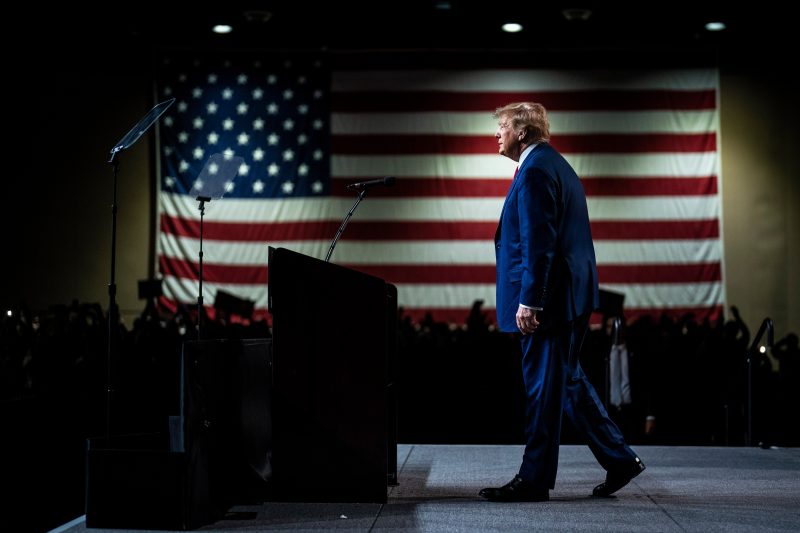Nevada’s Unique Approach: Simultaneous Republican Primary and Caucuses
While the United States is a global leader in democratic practices, its electoral system can sometimes be complex and perplexing. In the upcoming 2024 presidential race, Nevada is poised to take center stage with a unique approach to the nomination process. Unlike any other state, Nevada is planning to hold both a Republican primary and caucuses to determine the presidential nominee for the Republican Party. In this article, we will delve into why Nevada has decided to adopt such an innovative strategy and how they plan on executing it.
The decision to hold both a primary and caucuses in Nevada arises from several key factors. Firstly, the state Democratic Party faced intense criticism in the 2020 primaries for the chaotic and controversial caucus process. This led to calls for reform and a reconsideration of the entire system. Nevada’s Republican Party, seizing this opportunity, decided to take a proactive approach to ensure a more streamlined and inclusive nomination process.
The Republican Party argues that holding both a primary and caucuses allows for a more inclusive and representative method of selecting a nominee. The primary will serve as a traditional vote, where registered Republicans can cast their ballots at designated polling stations. This ensures that individuals who cannot participate in the caucus due to work or personal commitments can still have their voices heard.
On the other hand, caucuses are known for their grassroots nature, allowing individuals to engage directly with the political process. Nevada’s Republican Party believes that this type of engagement is crucial for a healthy democracy and wanted to provide their members with an opportunity to participate in this way. By simultaneously holding caucuses alongside the primary, the party aims to strike a balance between accessibility and active participation.
So, how will these unique processes work? The primary will be a straightforward voting process, similar to the general elections. Registered Republicans will cast their votes for their preferred candidate at designated polling stations during a specific time frame. The candidate who receives the majority of votes will be declared the winner of the primary.
In contrast, caucuses function differently. Participants will gather in precincts across the state and engage in discussions and debates to express their support for their preferred candidate. After this initial stage, individuals will then align themselves with a particular candidate, forming groups. If a candidate fails to meet a minimum threshold of support, their supporters will then have the opportunity to realign themselves with a viable candidate. This dynamic process continues until all candidates reaching the threshold and the final allocation of delegates to the national convention is determined.
This simultaneous approach of a primary and caucuses presents unique logistical challenges. To address this, the Nevada Republican Party has been working diligently to ensure that voters will have ample opportunity to participate in both processes. They are coordinating with polling stations to set up dedicated areas for caucus-goers to engage in the caucus process after casting their primary vote, making it as convenient as possible for individuals to exercise their democratic rights.
Additionally, extensive efforts are being made to educate voters on the procedures and important dates for both the primary and the caucuses. The party is working closely with local media outlets, conducting informational campaigns, and leveraging social media platforms to reach as many eligible voters as possible.
While the adoption of both a primary and caucuses in Nevada is certainly a novel approach, only time will tell if it will become a trend in the future. Other states with a history of complicated caucus systems may consider implementing a similar approach in the interest of inclusivity and increased voter participation.
In conclusion, Nevada’s decision to hold both a Republican primary and caucuses demonstrates the state’s commitment to a fair and representative electoral process. By allowing individuals to choose between a traditional primary vote and engaging in grassroots caucuses, the party hopes to strike a balance between accessibility and active participation. This innovative approach, while creating logistical challenges, sets a precedent for other states to explore alternative methods for the nomination process, ultimately strengthening the democratic fabric of the nation.



























